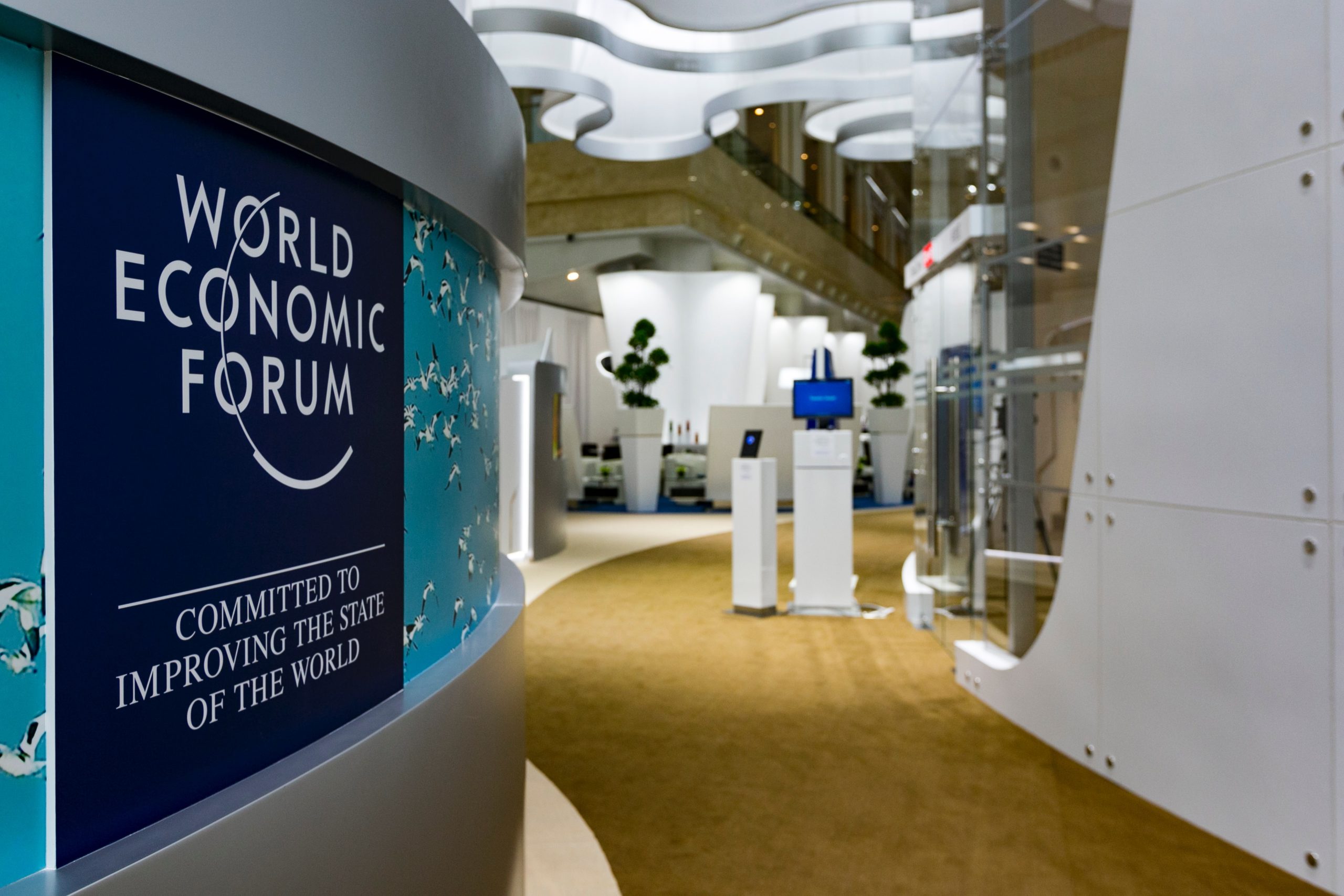The world-renowned Canadian immunologist Professor Sir John Bell has consistently been one of the most informative, illuminating voices in media interviews about the status of research and development toward a mass-scale COVID vaccine. In the face of difficult journalist questions—”Why not sooner?” “Why is it taking so long?”—he has often provided calm, dispassionate explanations around the inherent difficulties of bringing any new drug to market and the time, expertise and resources required. His approach has brought balance and helped managed the expectations of governments, academics and societies as a whole.

The research-based pharma industry needs to mirror this approach. Misinformation about vaccine or treatment availability can rip through social channels like wildfire—often triggered by poorly informed media articles, or worse, poorly informed political leaders. As the originators of new medicines, the sector should view its role in good communications as paramount. If mainstream press are unable to explain the complex, intricate process for vaccine development with accuracy, and therefore give rise to perceptions that there is one literally around the corner, it could have a marked effect on public behaviour. It may trivialise social distancing in the minds of some citizens. It could reduce mask adherence in urban centres, encourage rule-breaking on the size of gatherings or create the idea that COVID testing is now all but redundant. That won’t help anyone.
There are some standout examples of good industry comms from which we can all learn. Among these is Johnson & Johnson’s Road to a Vaccine initiative, a series of well-thought-through documentary-style programmes featuring senior thought leaders, academics and physicians, providing context around the challenge of a vaccine, a realistic assessment of what success might look like and a balanced, well-researched view. The strategy of bypassing the media to bring the stories direct to J&J’s global audience has provided a good opportunity to profile its own people and advance a reputation for good science and delivering a proactive response to the pandemic.
This crisis has also offered an appealing opportunity for communicators working in different areas of big businesses to come together for a common challenge. Some of the more effective PR plans I’ve seen have started with a meeting between corporate, brand and medical comms teams, all contributing to a vision of the company talking consistently with one voice.
If you’re a company with COVID-related R&D efforts underway, first of all, thank you, and secondly, here are three thought starters when looking at your approach to communicating:
- Assess the areas of misinformation you can respond to: If you’re working in a specific market, conduct a social and press analysis of poor reporting or questionable facts, and plan to target these specific areas in your comms plan. The issue is way too big for any one business to own outright. A contribution to the debate is going to be more successful if it’s looking at just one area—for example, why do tabloids keep writing front-page headlines such as “Vaccine Could Be Ready as Early as Next Month?”
- Make a commitment to media education: Over the past few months I’ve seen some companies investing in fast, snappy online tutorials for generalist health media which are either conducted live in a group setting or pre-recorded as bite-sized modules. By tailoring this type of exclusive content for journalists, you’ll not only be supplying useful fact-based guidance, but building individual media relationships for the future.
- Think digital streaming: The demand for content is now largely audio-visual. Attention spans are tight, so consider routes including podcasting, YouTube streaming or even relying on good old Zoom for providing news and information at scale. It’s easy to measure engagement rates, and you’ll learn something new each time, which will gear you to ongoing improvement. You can also make judicious use of key opinion leaders and independent experts to complement company messaging.
All sections of our industry are in this for the long haul. If we do our job well, we’ll continue to reduce incorrect and potentially dangerous misinformation about how rapidly we’re developing medicines that will help the world get on top of the pandemic. We’ll also help underline the pivotal role the pharma sector is playing, tempered with realistic expectation of what—and when—it can deliver.



